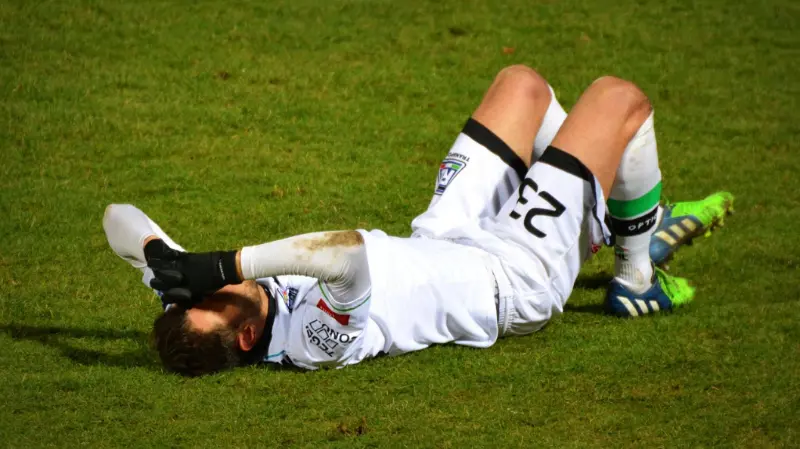Accidents can happen anywhere — a fall, road mishap, or sports injury — and fractures are among the most common emergencies.
Proper first aid before reaching the hospital can make a big difference in preventing complications, nerve injury, or deformity.

🔟 Ten First Aid Tips for Fractures
1. Stay Calm and Reassure the Patient
The sight of a fracture can be frightening.
Stay composed, reassure the injured person, and avoid unnecessary movement.
2. Stop Any Bleeding
If there’s bleeding:
- Apply gentle pressure with a clean cloth or sterile gauze.
- Avoid pressing directly over a protruding bone.
- Do not attempt to push bone fragments inside.
3. Immobilize the Limb
Keep the injured limb as still as possible.
Movement can worsen pain and cause further damage.
If possible, use a splint — a firm support like:
- A folded magazine, stick, or cardboard.
- Tie it gently using a bandage or cloth above and below the fracture site.
4. Support the Joint Above and Below
For effective immobilization, the joint above and below the fracture must be supported — especially for arm and leg injuries.
5. Apply a Cold Compress
Use an ice pack wrapped in a towel for 10–15 minutes.
This helps reduce pain and swelling.
Avoid direct ice contact on skin.
6. Keep the Limb Elevated
If there’s swelling or bleeding, elevate the limb slightly above heart level using a pillow or folded cloth.
This reduces fluid accumulation and pain.
7. Do Not Try to Straighten or Push Back
Never attempt to realign the bone or correct deformity on your own.
It can damage blood vessels, muscles, or nerves.
8. Check Circulation
Check for:
- Pulse below the fracture
- Color and warmth of fingers or toes
If they appear cold, blue, or numb, seek emergency care immediately — it may indicate vascular compromise.
9. Avoid Giving Food or Water
If surgery or anesthesia is required later, it’s best to avoid feeding or giving fluids until a doctor evaluates the patient.
10. Transport Carefully
While taking the patient to the hospital:
- Keep the injured limb supported throughout.
- For spinal or pelvic injuries, do not move the patient without help — call emergency services.
- Use a hard surface stretcher or wooden board if possible.
🦴 When to Suspect a Fracture
- Sudden pain, swelling, and deformity
- Inability to move or bear weight
- Abnormal angulation or bone protrusion
- Crepitus (grating sound on movement)
If any of these are seen, treat as a fracture until proven otherwise.
💡 Quick Tip
Even a small fall in elderly patients or those with osteoporosis can cause a fracture.
Timely first aid and immobilization greatly improve recovery and reduce complications.
🧑⚕️ Dr. Khaleelullah’s Advice
“First aid doesn’t replace medical care — it prevents further harm until expert help arrives.”
Every household and school should keep a basic first aid kit and a splint, and everyone should know how to use them.
In trauma, the first 15 minutes can save mobility and even life.

About Dr. Khaleelullah
Services
- Knee & hip joint replacement
- Fracture & trauma care
- Sports injuries & arthroscopy
- Arthritis & back pain management
- Spine & deformity evaluation
